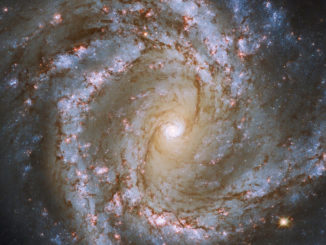
supermassive black holes

News

News

News

News

Picture This

News

News

Picture This

Picture This

Picture This
